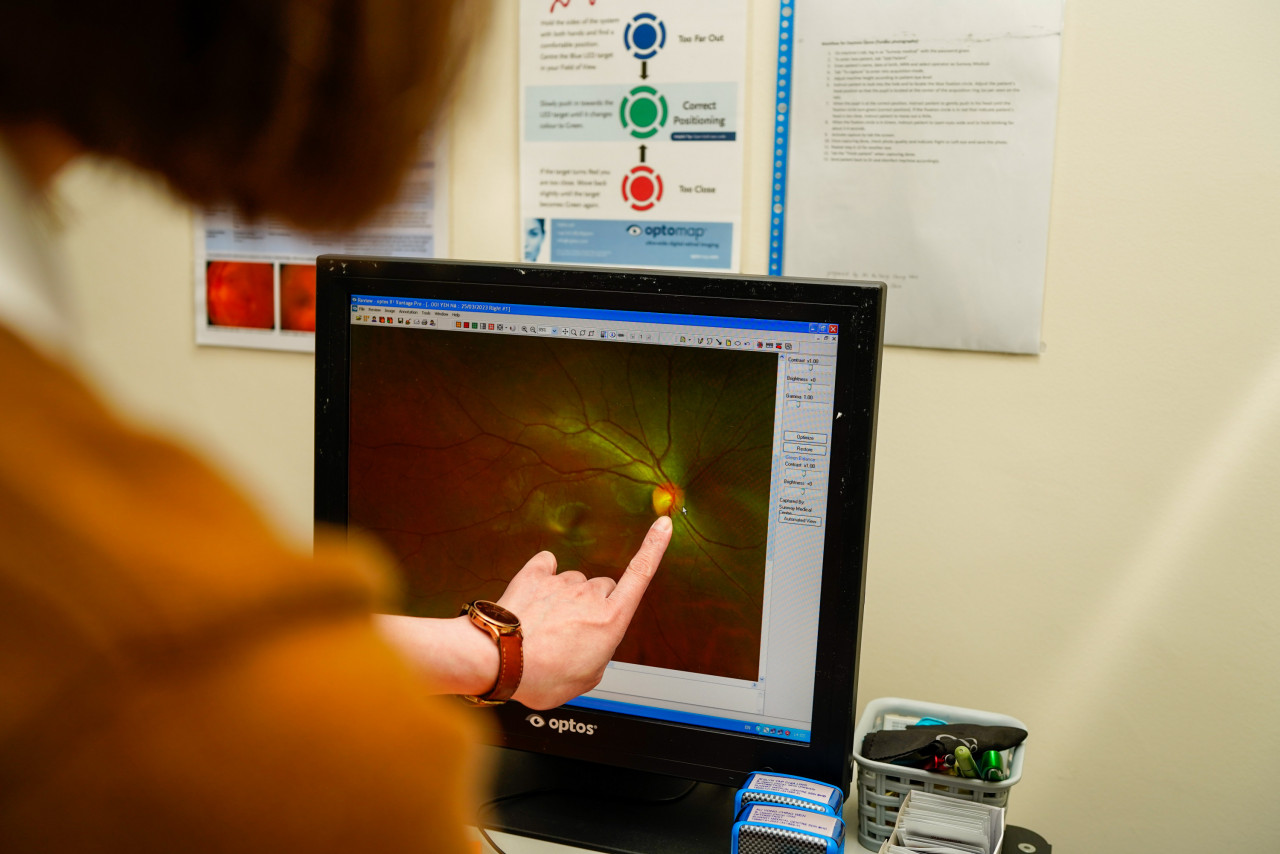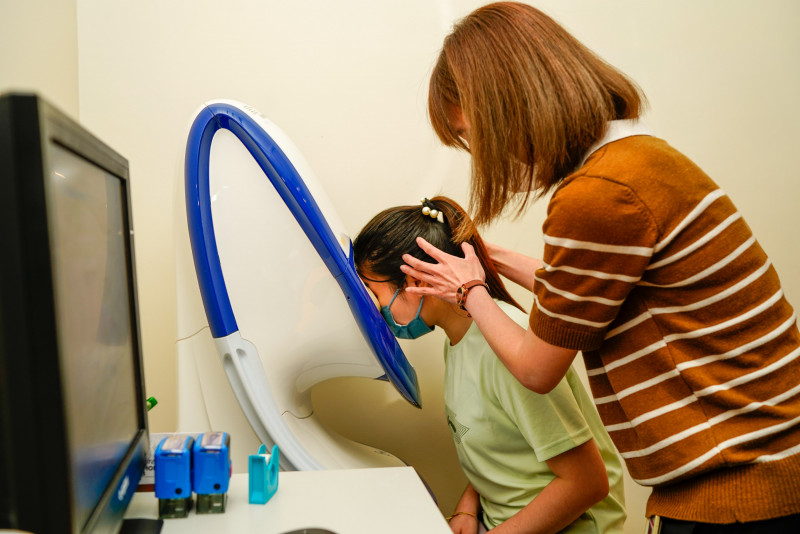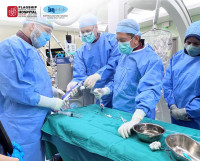HEALTH problems like heart disease, kidney disease and amputations are often associated with diabetes. But, the condition also causes vision loss, and is the commonest cause of blindness in working-age adults.
Yet, 64% of Malaysians are not aware that diabetes causes eye disease.
“One in five Malaysians are diabetic, which equals to an estimated 4.6 million Malaysians, and diabetic eye disease affects one in three diabetics.
"From this figure, a third will experience vision-threatening eye disease, suggesting that 500,000 Malaysians have vision-threatening diabetic eye disease,” said Dr Peh Khaik Kee, consultant ophthalmologist and vitreoretinal surgeon at Sunway Medical Centre, Sunway City.
Diabetes affects the eye in several ways. This includes changes to the lens which leads to blurry vision.
There may also be increased pressure in the eye leading to glaucoma and damage to the nerves that control the eye muscles leading to double vision. It can also cause damage to the blood vessels in the retina leading to diabetic retinopathy.

This is the prevalent eye condition related to diabetes.
Dr Peh said that diabetic retinopathy has become of epidemic proportions as Malaysia spends 16% of its national healthcare budget on diabetes.
This places it among the top 10 countries in the world with the highest percentage of healthcare budget spent on diabetes.
“A large part of this issue is due to poor awareness. Many people with diabetes do not undergo regular eye exams to check for signs of the condition. Diabetic retinopathy does not present with any particular symptoms, and does not cause loss of vision until very late on.
"Therefore, there are a large number of patients present at a severe stage. That is where the importance of screening comes in,” Dr Peh said.
Screening is seeing
Before, a standard eye exam for diabetic retinopathy involved a slit-lamp microscope where a light is focused into the retina, and each segment of the retina and macula are examined.
This means staring at a bright light for up to 5 minutes per eye, which can be very uncomfortable, especially if the person is naturally light-sensitive.
Dilating drops are instilled to enlarge the pupils and the drops take time to effectively enlarge the pupil to have adequate visualisation of the retina. Patients will experience vision blurring for up to four hours after the examination.
“There have been many new developments in our ability to examine the eye more effectively and accurately, and at the same time, make the experience much more comfortable for patients.

"These days we have ultra-widefield fundus cameras that can capture a single, 150-degree field view of the retina; three times more field view than a standard camera.
“Patients do not experience the blurring associated with dilating drops and they are not subjected to long, uncomfortable slit-lamp examinations.
"The camera captures the images in less than a minute and studies have shown up to 98% accuracy in detecting and grading diabetic retina disease when combined with targeted slit-lamp examination,” Dr Peh said.
This allows ophthalmologists to get better and more accurate information, as they are able to examine the images digitally and manipulate the images to get a brighter and sharper view.
Patients can also view the images and have a better understanding of their condition. This facilitates consultation on their progress and treatment options.
“Vision loss is almost entirely preventable with regular screening and early intervention. Diabetic eye screening was formally initiated in the UK in 2009. And in 2014, diabetes is no longer the commonest cause of blindness in working adults in the UK.
"That is the difference that screening makes,” Dr Peh said.
Keeping up with the disease
The treatment of diabetic retinopathy depends on its severity and includes laser therapy, injections and surgery. There are injections that produce good outcomes for early-stage diabetic retinopathy but patients need to undergo this procedure intensively.
Depending on the type of drug, patients would have these injections once every four or eight weeks for at least three years.
“I would argue that injections work better than laser therapy. Although laser therapy reduces the risk of vision loss by 50%, injections provide a 50% chance of gaining more than three lines of vision.
"However, lately we have been doing a combination of laser therapy and injections, which have seen good response,” Dr Peh said.
There are also new surgery techniques and instruments that are less invasive with better outcomes. Today, surgery can be a pre-emptive step that offers a huge leap forward in overtaking the disease.
"Diabetic retinopathy is a devastating disease but preventable with less invasive procedures that produce better outcomes.
“Diabetes is a lifelong disease and just like diabetes that has no cure, there is also no cure for diabetic retinopathy. All we are doing is firefighting and we are in a race to catch up and keep up with the disease, which causes cumulative damage.
“About 20% of patients will progress despite adequate treatment. This is because their diabetes is not under control hence I need to work closely with our diabetes physicians to manage our patients effectively,” Dr Peh said.
The eyes are organs that do not regenerate unlike the liver, and we can never restore vision once it is lost. So early detection of potential vision-threatening eye disease can prevent permanent loss of vision.
Those with a family history of diabetes should have their blood sugar screened, and those who have been diagnosed with diabetes should see an ophthalmologist to have their retina examined. – The Vibes, May 3, 2023






._Credits_-_Unsplash_licence_via_360info.org.png)







.jpg)






